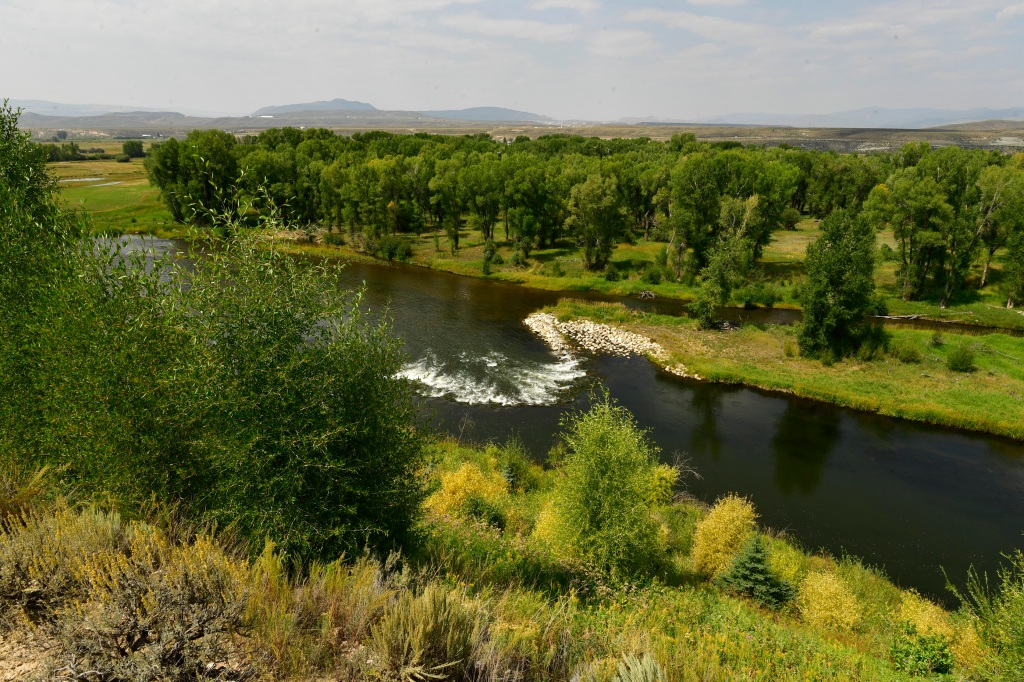
Ecological restoration could be the new outdoor recreation
Last Updated on June 28, 2023 by Admin
[ad_1]

Driving back to Colorado State University with a van full of students after a day of working to heal some beat-up land north of Fort Collins, I wondered: Could ecological restoration be a new form of outdoor recreation?
We’d spent the day building a sawbuck fence around a spring. From the spring, gravity would carry the water through a pipe to a stock tank in the middle of the pasture.
On this land protected by a conservation easement, cows would no longer drink, pee and poop while trampling the spring’s vegetation. The spring could recover while the cattle drank clean water elsewhere.
My students had spent the day outdoors in the company of their classmates doing challenging physical work. At the moment, though, the young people were trying not to fall asleep as we neared town.
Yet all day I’d seen the light in their eyes, and I could tell they felt pride in learning and exercising skills they hadn’t had before. They also clearly liked the idea of giving something back to the land that would never be developed.
This kind of volunteer work — The Nature Conservancy got us involved — addresses many problems today that we’ve come to call crises: species extinction, climate change, soil loss, and the decline of both water quantity and quality. Fortunately, many nonprofit groups, along with some owners of private lands that are protected by conservation easements, offer people an opportunity to improve damaged lands.
In my home watershed of northern Colorado, we often work with the nonprofit Wildlands Restoration Volunteers, a statewide grassroots group established in 1999. To date, it has completed over 1,000 projects on public lands assisted by more than 40,000 volunteers, who have contributed over $10 million in time and expertise.
Wildlands Restoration Volunteers includes people from both cities and rural areas who agree with what Wendell Berry wrote: “The care of the Earth is our most ancient and most worthy, and after all, our most pleasing responsibility. To cherish what remains of it and to foster its renewal is our only hope.”
At the end of the 20th century, scientists from around the world got together to measure our planet’s health. Shockingly, they reported that three out of every four acres of the Earth’s surface were in a degraded state.
The urgent global need to restore our damaged lands and waters has also caused the United Nations to name this the Decade of Ecosystem Restoration. It’s clear that we have yet to locate the sweet spot of a sustainable relationship with our world.
For humans to have a future on Earth, we need to reverse the erosion of soils, pollution of air and water, and weakening of the natural ecosystems that support us. Ecological restoration can attack those problems while also playing a critical role in the drawdown of atmospheric carbon dioxide, sending it back into the plants and soils where it belongs.
Although restoration and recreation have much in common, there is a major difference between the two. While outdoor recreation fulfills oneself, ecological restoration gives back to the land. Not that benefiting oneself is bad; one of the reasons we recreate is for the regenerative powers of spending time in nature.
But adding restoration into the domain of outdoor recreation could go a long way to enhance our time outdoors. I’ve found that when a group acts to restore the health of soil, land, plants, and animals, the people involved always feel better about themselves.
As author Robin Wall Kimmerer put it in “Braiding Sweetgrass,” “…as we care for the land, it can once again care for us.” By restoring damaged lands and waters, we still find joy in the outdoors, but we also give back to the home planet that sustains us.
Let’s seek out that work, turning it into something we do outdoors together, restoring lands and water while at the same re-creating ourselves.
Rick Knight is a contributor to Writers on the Range, writersontherange.org, an independent nonprofit dedicated to spurring lively conversation about the West. He is professor emeritus of wildlife conservation at Colorado State University.
Sign up for Sound Off to get a weekly roundup of our columns, editorials and more.
To send a letter to the editor about this article, submit online or check out our guidelines for how to submit by email or mail.
[ad_2]
Source link




